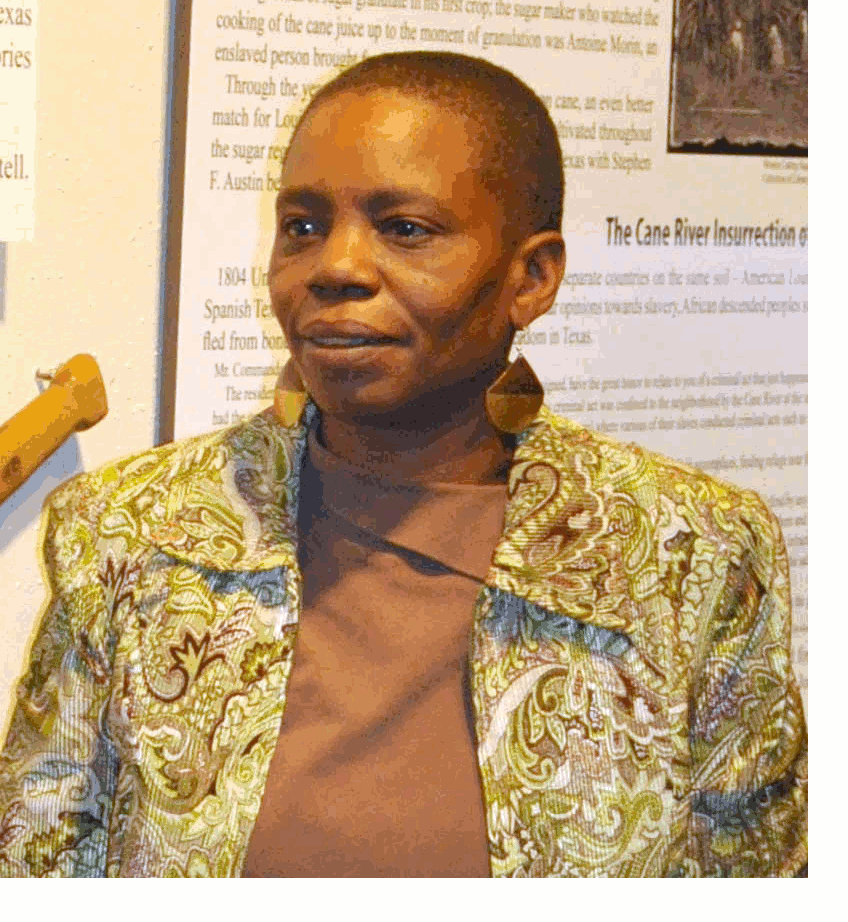 The Garner Place as Told by Eric Lee
The Garner Place as Told by Eric LeeBy Rolonda Teal
In the southern part of Sabine Parish is an old plantation known as the "Garner Place". It lies along Toro Creek and is about 3 miles west of Hodges Gardens. This land is now owned by the Peterson family.
The original plantation was owned by Mary Branch and consisted of at least 900 acres of land. One of the main traveled roads leading North and South ran through this land which is believed to have acquired through a Spanish land grant. In its heyday the plantation survived on the production of cotton, corn, sugarcane, peas, and rice. According to one source the sweet potato patch alone consisted of 160 acres.
During the Civil War, Ms. Branch's son-in-law who was a Garner inherited the plantation and upon conclusion of the war 199 slaves were freed. Many of the Freedmen moved across the creek and established their own community which they named "Toro". They built homes, barns, outbuildings, and a church named St. Luke's. Some of the founding members of that community had surnames like Gay, Garner, Hollins, Holmes, Charles, Jones, Gosey, and Bowie. As was customary during that time, the Freedmen took their former owners' last names thereby helping to identify where they had come from.
One individual who had lived on the Garner Place as a slave was Jordan Holmes. Mr. Holmes upon emancipation cleared land and ran a farm on about 160 acres located northwest of his former home site. During the period of 1915-1920 as sawmills developed in the region, Holmes was either tricked or forced by a representative of the company into signing over the deed to his property. Being an illiterate man, he made his mark with an 'X'. Holmes was an elderly man at that time and the land and timber were soon taken over. One of Holmes son, Lee Holmes, tried several times unsuccessfully to regain control of his father's property. In the end Lee never left the place and was the last person to live in the Toro community. As had been the case with his father, many other African Americans also lost their land to the sawmill companies.
A white family associated with the Garner Place has the surname of Sandel. They lived on the former plantation and knew many of the black workers in the region. It is one of their ancestors, Monroe Sandel, who had a town named after him that was located right outside the Garner Place. Although a small community there was a post office, train depot, 3-4 houses, Sandel Baptist Church, and a restaurant owned by a black man named George. The train tracks that ran through this town went in a northeasterly direction towards the community of Pearson, which still exists today.
While this article only scratches the surface of the history and the people of the Garner Place, it is but one more piece in an attempt to tell the 'whole' story of Sabine Parish.